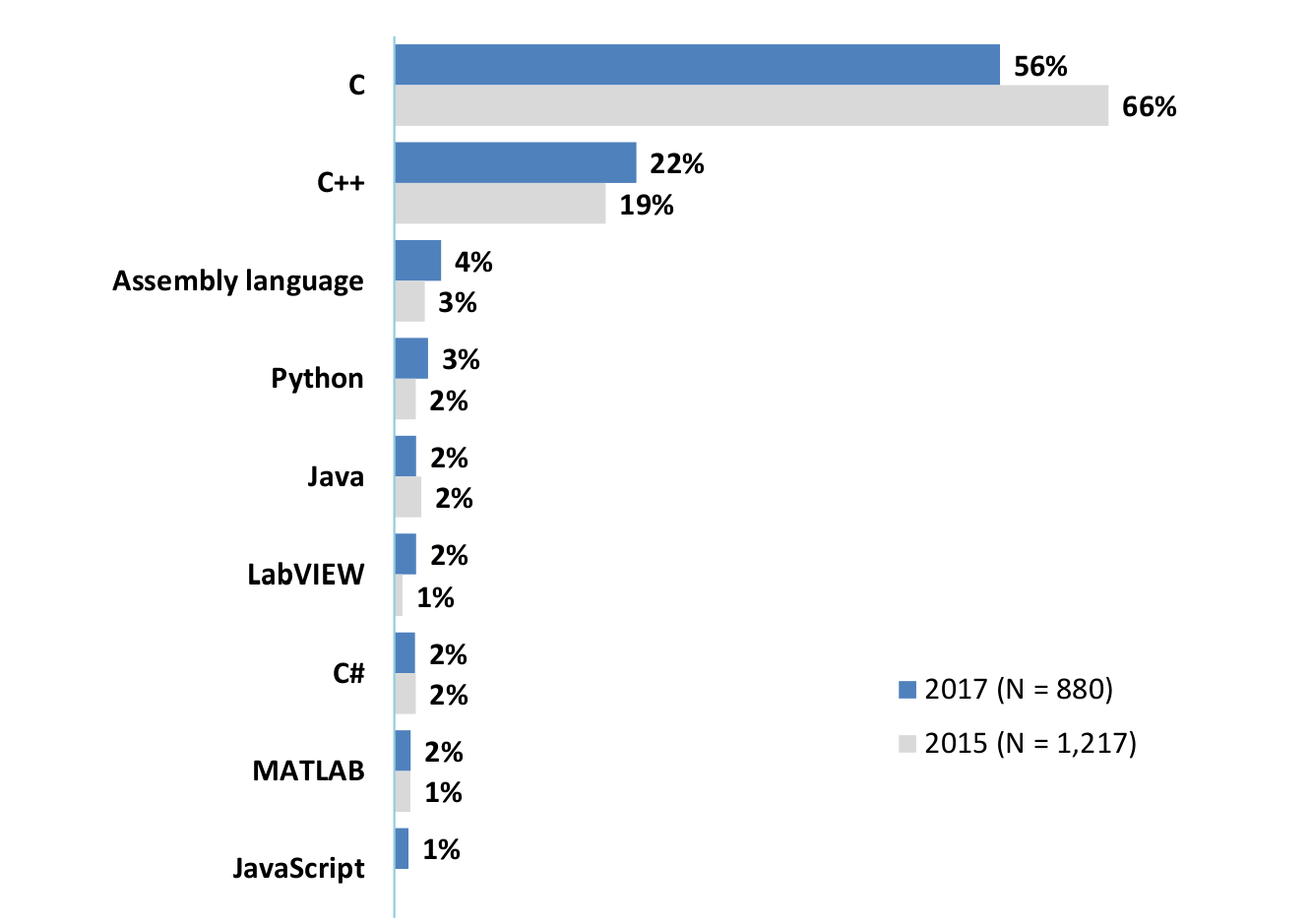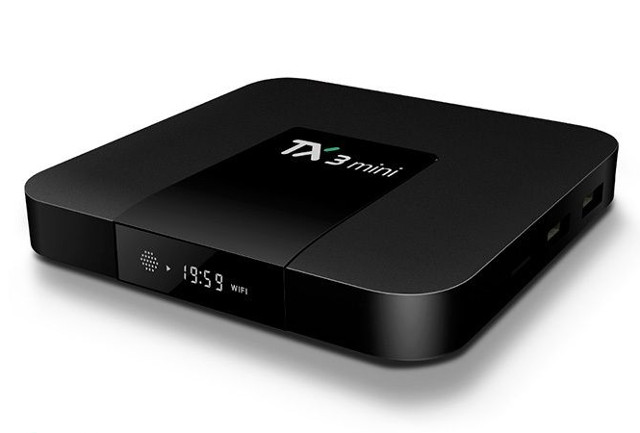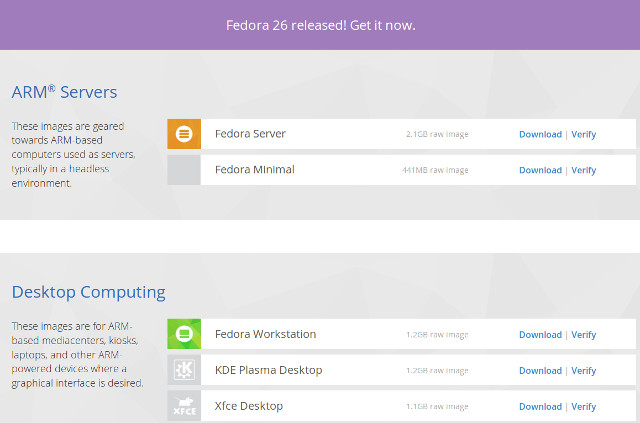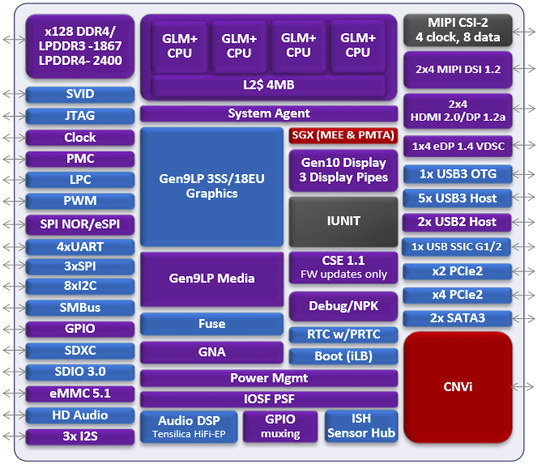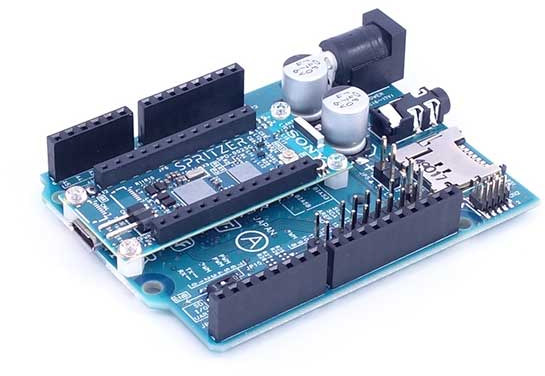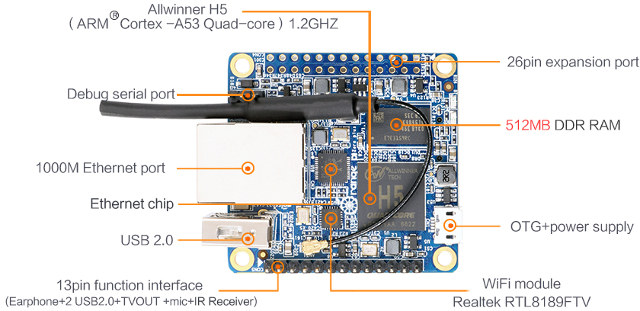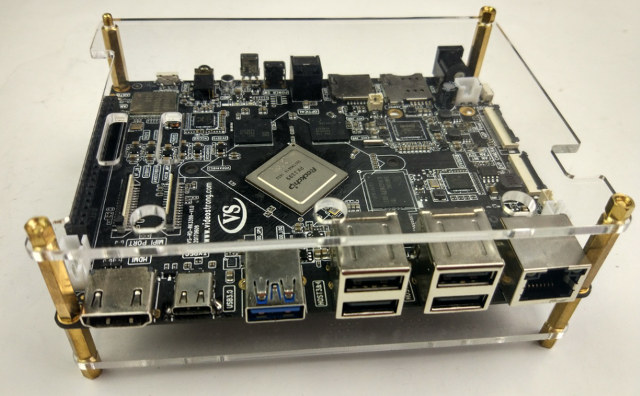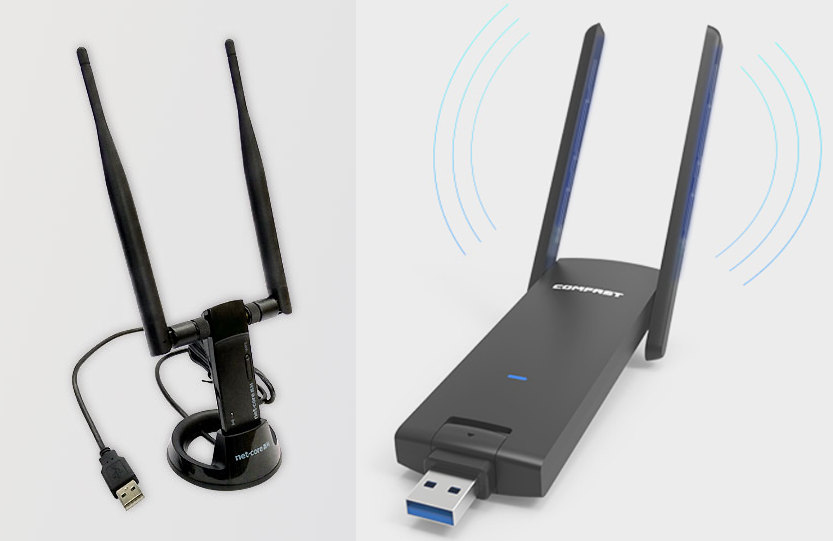Aspencore media group asked readers of their EE Times and Embedded.com websites to fill out an online survey about their embedded system projects. They got 1,234 respondents mostly from North America (56.3%), followed by Europe (25.2%), and Asia (10.6%). This resulted in a 102-page market study which you can download here. I’ve extracted a few slides to have a look at some of the trends. C language is still the most used language in embedded systems, but other languages like C++, Python and even assembly language are gaining traction. Operating system is more spread with Linux being the most used via Embedded Linux distributions, Debian, and Ubuntu. FreeRTOS comes in second place, while Android registers fourth with 13%. Git has finally supplanted Subversion in 2017, with all other version control software losing ground. Switching to some hardware slides, 44% used a development board to start their embedded design with ST […]
Tanix TX3 Mini TV Box is Powered by Amlogic S905W SoC
So it looks like Amlogic has outed another SoC with Amlogic S905W processor that appears to be a cost down version of Amlogic S905X limited to 4K @ 30 fps video decoding. One of the first device to used the new processor is Tanix TX3 mini TV box that should be priced similarly to Rockchip RK3229 devices. Tanix TX3 mini specifications: SoC – Amlogic S905W quad core ARM Cortex-A53 @ up to 1.5 GHz with penta-core Mali-450MP GPU @ 750 MHz System Memory – 1GB/2GB DDR3 Storage – 16GB eMMC flash + micro SD card slot Video Output – HDMI 2.0 output, AV port (composite) Audio – HDMI, optical S/PDIF, AV port (stereo audio) Video Codecs – 4K@30fps H.265, MPEG1/2/4, H.264, HD AVC/VC-1, RM/RMVB, Xvid/DivX3/4/5/6 , RealVideo8/9/10 Connectivity – 10/100M Ethernet, 802.11 b/g/n Wi-Fi USB – 2x USB 2.0 host ports Misc – IR receiver, front panel LCD display Power Supply – 5V/2A […]
Fedora 26 Supports Single “Unified” OS Images for Multiple ARM Platforms
The decision to use device tree in Linux occurred several years ago, after Linus Torvalds complained that Linux on ARM was a mess, with the ultimate goal of providing a unified ARM kernel for all hardware. Most machine specific board files in arch/arm/mach-xxx/ are now gone from the Linux kernel, being replaced by device tree files, and in many case you simply need to replace the DTB (Device Tree Binary) file from an operating system to run on different hardware platforms. However, this is not always that easy as U-boot still often differ between boards / devices, so it’s quite frequent to distribute different firmware / OS images per board. Fedora has taken another approach, as the developers are instead distributing a single Fedora 26 OS ARMv7 image, together with an installation script. Images for 64-bit ARM (Aarch64) are a little different since they are designed for SBSA compliant servers, so […]
Intel Gemini Lake Block Diagram and Yet More Info
So yesterday, I wrote about some of the new features of Intel Gemini Lake processors like native HDMI 2.0, 4-wide pipeline, 10-bit VP9, and possible built-in 802.11ac wireless controller. I went to bed, and somehow this morning I woke up with something that looks like Gemini Lake (GLK) block diagram, and a few more details. So we indeed have HDMI 2.0 output, as well as DP 1.2a and eDP 1.4, and an embedded wireless controller via the CNVi (Connectivity Integration Architecture) block for WiFi’s MAC and Bluetooth’s MAC + Baseband modem. We’ll have plenty of USB 3.0 host interfaces, and the usual PCIe and SATA 3 interfaces. Still no UFS support, but eMMC 5.1 is supported, as well as x128 DDR4, LPDDR3 and LPDDR4 memory up to 2400 MHz (No ECC support). Cache size is confirmed to be 4MB for up to four GoldMont Plus (GLM+) cores, which combined with […]
Sony Spritzer is an Arduino Compatible Board with Built-in GPS, Audio Codec
Look who is joining the maker community! Sony has showcased their Arduino compatible Spritzer board during the Maker Faire Tokyo on August 5-6. Despite lacking on-board network connectivity, the board is said to have been designed for IoT applications with features such as an integrated GPS and an advanced digital audio codec and amplifier. Sony Spritzer specifications: MCU – Sony CDX5602 ARM Cortex-M4F ×6 micro-controller clocked at up to 156 MHz with 1.5MB SRAM Storage – 8MB Flash Memory, micro SD card GNSS – GPS, GLONASS, supported Audio – 3.5mm audio jack Expansion I/Os Digital I/O Pins – SPI, I2C, UART, PWM ×4 (3.3V) Analog Pins – 6ch (3.3V range) Audio I/O – 8ch Digital MICs or 4ch Analog MICs, Stereo Speaker, I2S, CXD5247 audio codec with 192 kHz/24bit High-Resolution audio 2x camera interfaces USB – 1x micro USB port for programming Power Supply – Via Power barrel and Vin […]
$15 Orange Pi Zero Plus Board Released with Allwinner H5 SoC, Gigabit Ethernet, WiFi, and SPI flash
We had Orange Pi Zero, followed by Orange Pi Zero Plus 2, then Orange Pi Zero Plus 2 H5, but now there’s another “Zero” model that’s called Orange Pi Zero Plus, which like Orange Pi Zero Plus 2 H5 board is based on Allwinner H5 processor, but adds a faster Gigabit Ethernet port, and offers a fairly different features set compared to the first Orange Pi H5 board, albeit in the same form factor. Orange Pi Zero Plus specifications with highlights in bold and stricken-through showing difference with Orange Pi Plus 2 H5 model: SoC – Allwinner H5 quad core Cortex A53 processor with hexa core Mali-450MP4 GPU System Memory – 512 MB DDR3 Storage – 8GB eMMC flash, micro SD card slot + 2MB SPI flash Video Output – HDMI ; AV port via 13-pin header Connectivity – Gigabit Ethernet, 802.11 b/g/n WiFi (Realtek RTL8189FTV) with u.FL antenna connector […]
VideoStrong VS-RD-RK3399 is Another Development Board Based on Rockchip RK3399 Processor
VideoStrong is better known for their Android set-top boxes with digital TV tuners, but they are making other hardware too, and their latest design is a Rockchip RK3399 development board named VS-RD-RK3399. VideoStrong VS-RD-RK3399 board specifications: SoC – Rochchip RK3399 hexa-core big.LITTLE processor with two ARM Cortex A72 cores up to 2.0 GHz and four core Cortex A53 cores, ARM Mali-T860 MP4 GPU with OpenGL 1.1 to 3.1 support, OpenVG1.1, OpenCL and DX 11 support System Memory – Dual channel 2GB or 4GB DDR3 Storage – 16/32 GB eMMC 5.1 flash, micro SD card Video Output & Display Interfaces 1x HDMI 2.0 up to 4K @ 60 Hz 1x DisplayPort up to 4K @ 60 Hz 1x MIPI DSI dual channel interface up to 2560×1600 @ 60 Hz 1x eDP (embedded DisplayPort) 1.3 with 4-lanes @ 10.8 Gbps 1x I2C interface for touch panel Video Decode – 4K VP9 and […]
A Look at Some USB 3.0 WiFi 802.11ac Adapters with Multiple High Gain Antennas
When last week I reviewed Rock64 board I noticed they sold a “USB 3.0 Dual Band 1200Mbps WIFI 802.11 a/b/g/n/ac (RTL8812AU) adapter” for $19.99. So far I had only seen USB dongles with internal antennas or a single external antenna, but in the case of development boards, which may be used as routers or gateways, it makes perfect sense to get such adapter for higher performance and longer range. The only problem is that it “ships together with ROCK64 fulfillment”, meaning you can’t purchase it separately if you already have some other board to use, so I went to look for alternatives. One of the first I’ve come across was COMFAST CF-926AC with the following specifications: Chipset – Mediatek MT7612U Interface – USB 3.0 rotatable port WiFi – Dual band 2T2R WiFi 802.11ac, 802.11a, 802.11b, 802.11g, 802.11n up to “1200” Mbps (867 Mbps @ 5.8 GHz + 300 Mbps @ 2.4 […]


